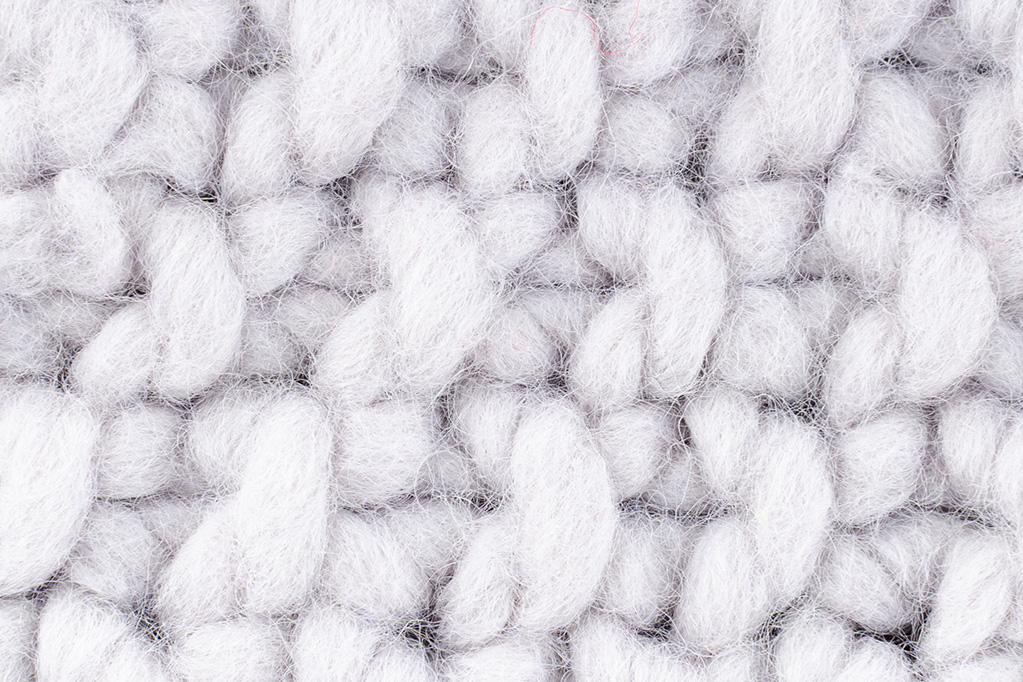Short Fibre Content in Cotton Is It The Next Big Challenge for Spinners?
By R. Janarthanan, COO, Texcoms Textile Solutions, Singapore
We have been witnessing a steady increase in the Short fibres in the cotton being traded and supplied in the recent times. Is this the next big problem the cotton spinners will be facing after decades of issues related to contamination? At least we have partially solved the contamination issue with various initiatives both in farming, Ginning and spinning side. Will the higher short fibre presence drastically reduce all the improvements made in the fragile spinning technology which we have pushed the limits in the last decade? This short article aims to examine issue with regards to origins, evaluations and limits acceptable, creation, elimination and the effect of Short fibres in the final product of spinning namely yarn.
1. Origins of short fibres
Cotton fibre length and its distribution is a genetic character and it varies with species and within species.it also varies with varieties
- Fibres obtained from the bottom and middle bolls will have good fibre length distribution compared to top bolls and hence cotton lint obtained from the first picking bolls will have good fibre length distribution and expected to have less short fibres compared to subsequent pickings.
- In a cotton boll-locks with fewer seeds will produce greater length than one produced by locks having larger number of matured seeds.
- Fibres obtained from the motes are of less length compared to matured seeds.
- Water shortage during fiber elongation periods (fiber developmental stages: fiber initiation, cell elongation, secondary wall deposition, and maturation) will affect the growth of fibres and thereby it affects the uniformity and increase of short fibres.
- Nutrition deficiency during the fibre elongation period will affect the growth of fibres.
- Fibres produced from admixtures of seed would tend to show variations in the fibre length.
Hence, we can understand that the right species, same variety of seeds, water and nutrition supply during crucial periods of growth are all very important to obtain a lint with very less short fibre content.
2. Evaluation and Limits acceptable.
A simple definition of a short fibre or classifying a fibre as short is considering any fibre less than 12.5 mm as short. Over the ages we have had many systems and evaluation methods of fibre length distribution in the lint ,with many instruments used. We will examine the contemporary measuring system and the instruments employed. HVI and AFIS of Uster technologies and equivalent instruments from many other Testing instruments manufacturers are used in determining the length of fibres among various other parameters of cotton. Let us consider the HVI and AFIS evaluation of Short fibres in this article.

Staple Diagram
While HVI is designed to measure fibre length from a bundle of fibres using linear regression equations and Algorithmic calculations, AFIS measure single fibre characteristics. We derive Short fibre Index SFI from HVI whereas AFIS gives us Short fibre content in Numbers SFC(n) and Short fibre content by weight SFC (w).The data derived by HVI is widely used for determining quality of cotton by most of the Industry and traders. However, when it comes to calculating the short fibre content, there are shortcomings in this measure as the calculated values do not correspond to knowing the actual figures.
SFC (n) data determined by AFIS should become the Industry standard to determine the short fibre content in the tested sample, be it lint, sliver, or roving. Once we choose the right method of evaluation, the guidelines to set standards and adjust the process of yarn manufacture based on the results becomes easy and focused. Given below is the Uster standard for the SFC(n) at various stages of manufacture for both carded and combed yarns.
 Uster statistics fibre processing chart of SFC(n) for Carded ring spun yarn
Uster statistics fibre processing chart of SFC(n) for Carded ring spun yarn
 Uster statistics fibre processing chart of SFC(n) for Combed Compact ring spun yarn
Uster statistics fibre processing chart of SFC(n) for Combed Compact ring spun yarn


